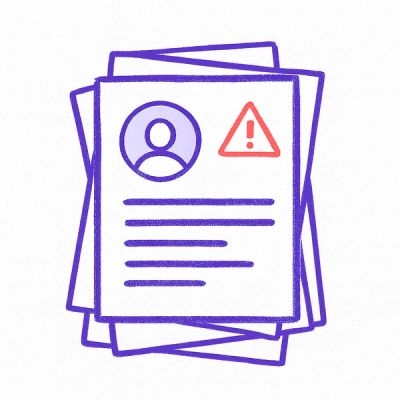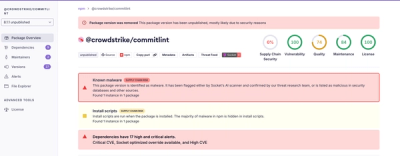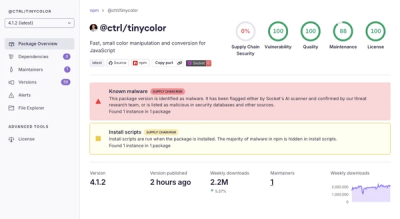aplotly
Installation
pip install areport
Usage
For examples please refer to the code in the examples folder.
Report
The Report class contains the methods for computing common metrics and storing them to files. The class is initialized with a list of portfolio values. These values should always start with the initial value of 1, otherwise the class will raise an error.
from areport import Report
report = Report([1.0, 1.1, 1.2])
ReportComparison
The ReportComparison class contains the methods for comparing multiple reports. The class is initialized with one Report that is treated as the portfolio, and a dictionary of other Report instances that are treated as benchmarks.
from areport import ReportComparison
report_comparison = ReportComparison(report, {'benchmark1': report1, 'benchmark2': report2})
Metrics
The common metrics can be retrieved using the following methods:
from areport import Report
report = Report([1.0, 1.1, 1.2])
report.get_metrics()
The same is also possible for the ReportComparison class:
from areport import ReportComparison
report_comparison = ReportComparison(report, {'benchmark1': report1, 'benchmark2': report2})
report_comparison.get_metrics()
If you want to save the metrics to a file, you can use the metrics_to_{format} method:
from areport import Report
report = Report([1.0, 1.1, 1.2])
report.metrics_to_csv('report.csv')
report.metrics_to_json('report.json')
The same is also possible for the ReportComparison class:
from areport import ReportComparison
report_comparison = ReportComparison(report, {'benchmark1': report1, 'benchmark2': report2})
report_comparison.metrics_to_csv('report_comparison.csv')
report_comparison.metrics_to_json('report_comparison.json')
Using with aplotly
This package can be combined with the aplotly package to create interactive plots. The aplotly package is a wrapper around the plotly package that simplifies the creation of plots. The useful attrbutes of the Report class are pf_values and dt_pf_values.
Here is an example of how to use the aplotly package with the Report class to create the performance chart.
from aplotly.plots import plot_performance
from areport import Report
report = Report([1.0, 1.1, 1.2])
fig = plot_performance(
report.performance_to_pct(report.dt_pf_values - 1)
report.drawdown_to_pct(report.drawdown, report.dt_pf_values.index)
performance_label="Test",
drawdown_label="Test",
xlabel="X",
)
fig.show()
Metrics
Detailed documentation for the metrics can be found on Notion



